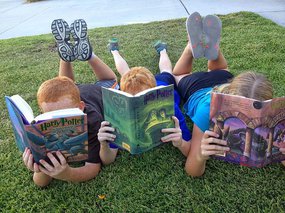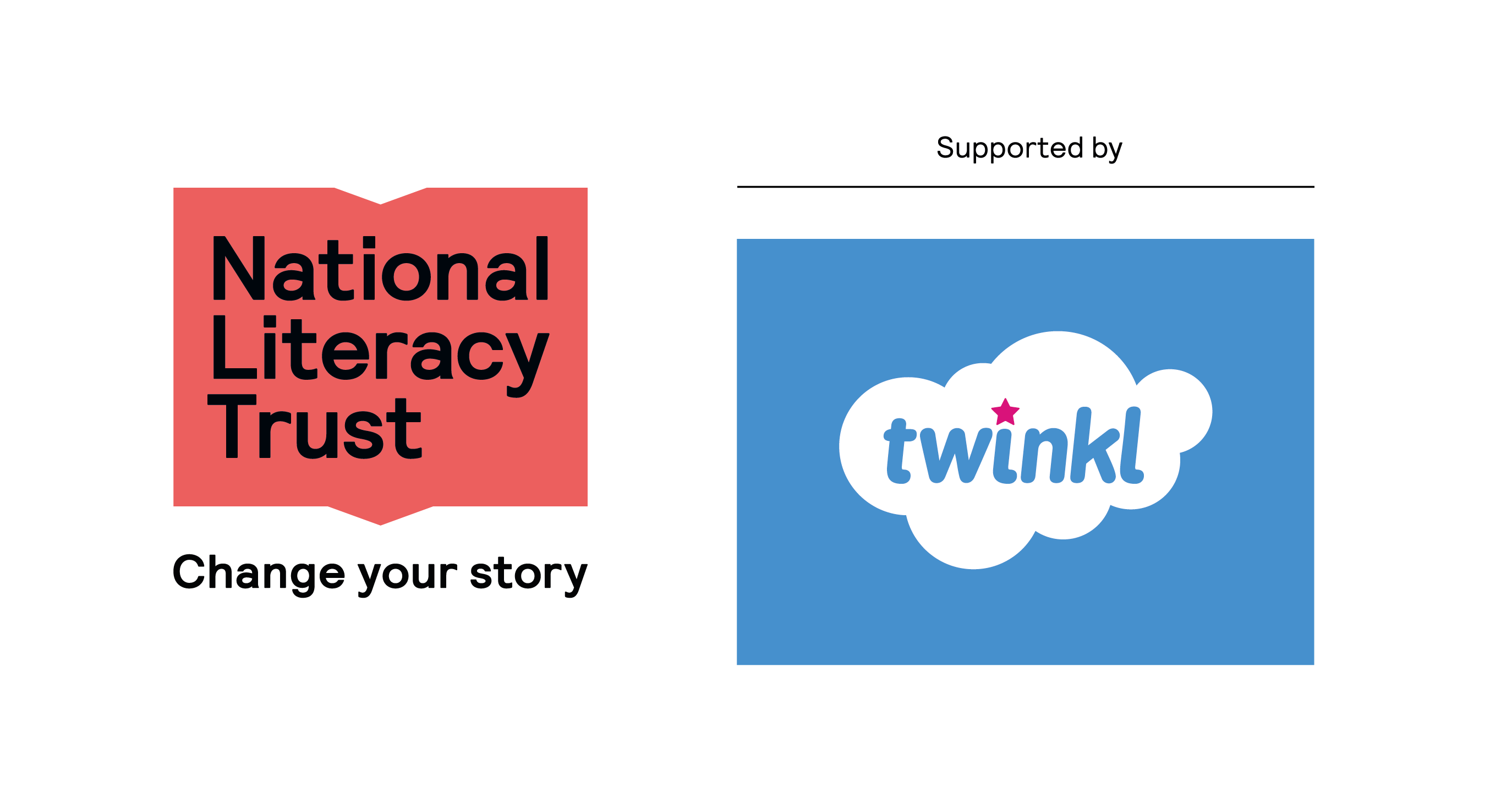
This report is based on 114,970 responses to our Annual Literacy Survey from children and young people aged 5 to 18 in early 2025. It includes findings on reading enjoyment, frequency and motivation and explores responses by age, gender, socio-economic background and geographical region.
Our surveys show that the reading crisis persists, with the number of children and young people who say they enjoy reading, and read daily, continuing to decline.
Key findings
Reading enjoyment:
In 2025, the percentage of children and young people who told us they enjoyed reading was its lowest in 20 years.
- Just 1 in 3 (32.7%) children and young people aged 8 to 18 said that they enjoyed reading in their free time in 2025. This marks a 36% decrease in reading enjoyment levels since we started asking about this in 2005.
- The drop in reading enjoyment over the last year has been especially steep among primary-aged children and boys, particularly boys aged 11 to 16.
Reading frequency:
- Fewer than 1 in 5 (18.7%) 8- to 18-year-olds told us that they read something daily in their free time in 2025, again, the lowest levels we've recorded, with daily reading levels decreasing by nearly 20 percentage points since 2005.
- Even among children aged 5 to 8, daily reading rates dropped by 3.4 percentage points in the past year to 44.5%, and have dropped by 9.1 percentage points since we started asking this age group in 2019.
- Girls continue to read daily at higher rates than boys, with the gender gap widening to 6.2 percentage points – the largest seen since 2023. More children not receiving FSMs read daily (19.4%) than those who receive FSMs (15.8%).
What would motivate children and young people to read (8 to 18)
An important way to address the decline in reading enjoyment and frequency is to shed light on what drives or deters reading among children and young people, particularly for those who tell us that they don’t enjoy it. In 2025:
- 2 in 5 children and young people were motivated to read when material related to a favourite film or TV series (38.1%) or matched their interests or hobbies (37.1%)
- 3 in 10 (30.9%) were drawn in by an interesting book cover or title.
- 1 in 4 (26.6%) valued having the freedom to choose what they read.
Children and young people who report low levels of reading enjoyment, though less engaged, still recognise reading’s educational value (nearly half said it helps them learn new words or new things). Many also chose to read song lyrics, news articles, fiction, comics and fan fiction in their free time, highlighting how we might re-engage this group with reading. Findings suggest that this group would benefit from reading being aligned with personal interests and other media that children and young people already recognise as part of their cultural life.
With thanks to Twinkl for supporting this report.
